Art of Faith I: Judaism
Art of Faith I is a sumptuous high-definition visual experience exploring the architecture and art of Judaism, Christianity and Islam presented and narrated by the broadcaster John McCarthy. The three 55-minute films travel the world visiting the greatest and most significant religious buildings, exploring how the passions and complexities of religious beliefs have been expressed in architecture.
Filmed for Sky Arts and looking back over the last 3000 years, the series provides an insight into how we have celebrated art through faith. With contributions from architects, scholars and worshippers, the films explain the buildings’ genesis, laying down the brush strokes of the sites’ design, whilst looking at the shared elements and contrasts between religions and the aesthetics of the places of worship.
Judaism visits one of the earliest synagogues on the mountain fort of Masada, the Gothic Old-New Synagogue in Prague and nineteenth-century houses of worship in Budapest, Liverpool and New York, as well as Frank Lloyd Wright’s masterpiece, Beth Sholom, near Philadelphia.
The origins of the synagogue – the Greek word for the Jewish house of prayer – are obscure, yet seemingly ancient. In the New Testament, the apostle James says, “Moses has never lacked spokesmen in every town for generations past; he is read in the synagogues Sabbath by Sabbath.” But the earliest identifiable synagogue buildings date only from around 70 CE, when the Romans destroyed the Second Temple in Jerusalem.
In the centuries since Jews have built synagogues – shuls in Yiddish – right across the Old World and the New, almost always employing variations of a singular layout but displaying an extraordinary eclecticism in decoration and detail.
Who were the people who created these extraordinary buildings? Who offered their prayers and who read and studied the Torah in them? And who are the Jews who follow in those traditions today? Judaism explores synagogues in the Czech Republic, Hungary, Israel, Spain, the US, and the UK.
Locations
Synagogue, Masada
At the end of the war between the Romans and Jews, the fortress of Masada, about a hundred kilometres from Jerusalem, was held by a group of Jewish extremist rebels called the Sicarii. The Romans laid siege to the fort, building a vast ramp so that they could break through the walls. Masada was extensively excavated in the early 1960s, which was when the site of the synagogue of the Sicarii was discovered. It is one of the earliest synagogues to have been identified.
Old-New Synagogue, Prague
Jews in Europe survived both the decline of Rome and growing Christian intolerance. One of the most vibrant of the Jewish communities in central Europe was in Prague. There were Jews here as early as 970, but the earliest surviving synagogue dates from three centuries later. Completed in 1270 and originally called the Great Shul, or New Synagogue, it was renamed the Old-New Synagogue after other houses of prayer were built later.
Synagogues, Toledo
In the country that in medieval times was known to its Arabic rulers as Al Andalus and today is called Spain, Jews lived and worshipped alongside Christians in an Islamic society that tolerated freedom of worship. In Toledo, in one of the country’s great medieval centres of learning, two synagogues survive from the time before the expulsion of the Jews by the Catholic Inquisition, which was completed in 1492.
Bevis Marks Synagogue, London
In seventeenth-century England, Oliver Cromwell recognised the trading advantages of relations with the well-established Jewish merchants of Amsterdam. When the building contract for this London synagogue was signed in 1699, Jews were not permitted to build on the public thoroughfare and consequently the synagogue was built in a discreet “open yard” just off what in now Bevis Marks street. The master-builder was Joseph Avis, a Quaker carpenter who had previously worked with Christopher Wren on St Bride’s in Fleet Street. But there are other influences too, most notably the Spanish and Portuguese Great Synagogue in Amsterdam.
Dohany Street Synagogue, Budapest
The Nineteenth Century was the great age of synagogue building in Europe. Napoleon encouraged the emancipation and integration of the Jews. With freedoms to vote, trade and study came a new prosperity and confidence which communities increasingly wanted to see expressed in grand symbols of faith. Budapest, the capital of Hungary, is home to the largest synagogue in Europe. The Dohany Street Synagogue, built between 1854 and 1859, seats nearly three thousand and can hold another three thousand standing. It has a height and grandeur more normally associated with the great Gothic cathedrals.
Princes Road Synagogue, Liverpool
Princes Road Synagogue in the Toxteth district of Liverpool expressed the aspirations a century and a half ago of an expanding and newly confident Jewish population. The original congregation included many wealthy patrons and together they were able to raise funds to finance their ambitious new synagogue. It was designed by the local architects the Audsley brothers. The Princes Road Synagogue, recently granted Grade 1 status as a Listed Building, is one of Europe’s very finest Moorish revival synagogues
Central Synagogue, New York
The Central Synagogue, built between 1870 and 1872 in midtown Manhattan, is the oldest synagogue in continuous use in New York. A symbol and centre for the city’s growing Jewish population, it was a dream funded by a congregation of 140 families, although it was designed to hold more than one thousand worshippers. The architect was Henry Fernbach and in his inclusion of two towers outside, a great rose window and overall a Moorish style, the influence of Budapest’s Dohany Street Synagogue is very clear.
Agoudas Hakehilos Synagogue, Paris
There were Jews in the Marais quarter of Paris in the thirteenth century, but it was only after emancipation in the nineteenth that the area became home to many immigrants from Eastern Europe. The Jewish community here lacked a modern centre until a group of wealthy Poles and Russians raised the funds to build their own synagogue in 1905. The synagogue took eight years to build and was completed in 1913. It was designed by Hector Guimard, one of the principal architects associated with the style known as Art Nouveau. This building was his only religious commission.
Beth Sholom, Philadelphia
In the New World, during the years just after the Second World War, the most remarkable of modern synagogues was created by the greatest of all American architects, Frank Lloyd Wright. His client asked Wright for “a new thing” and the architect responded with a building which, for all its unconventionality, has the familiar, enfolding sense of a sacred sanctuary that synagogues have offered for more than two millennia. Constructed in the Elkins Park suburb of Philadelphia and dedicated in 1957, it was the last project that Frank Lloyd Wright completed before his death. The form is taken from that of the low, flat-topped Mount Sinai, where God revealed the Ten Commandments to Moses after the exodus from Egypt.
This film is available as a single download or stream, as part of the three-film Art of Faith I series, or as part of the Art of Faith complete series available for download and streaming.
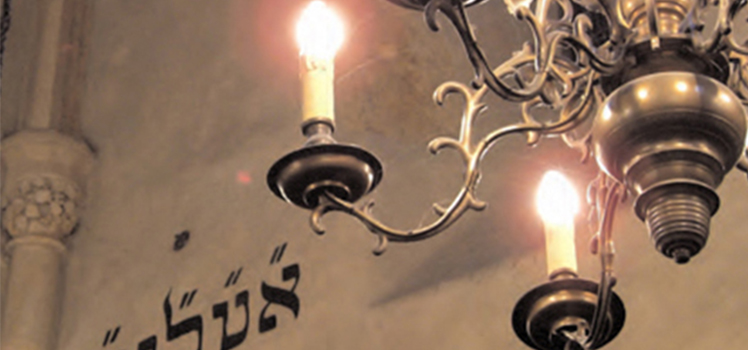
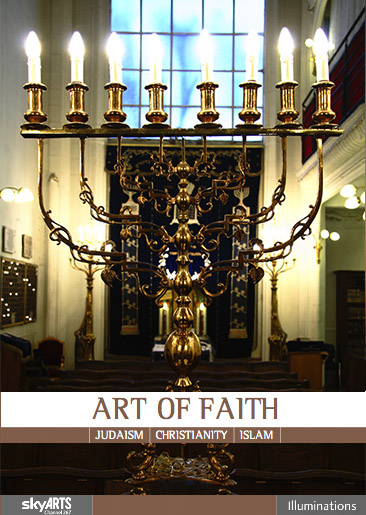

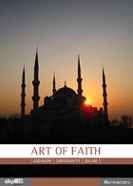

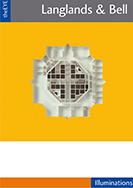

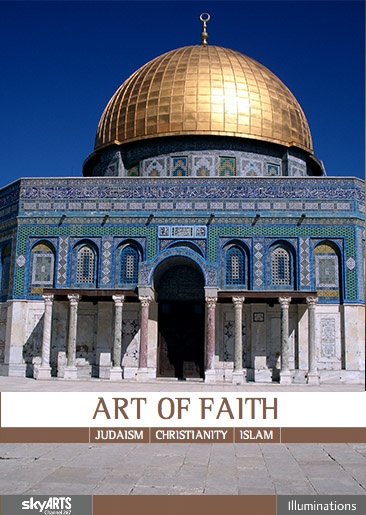
Reviews
There are no reviews yet.